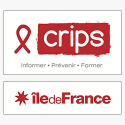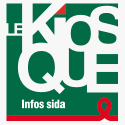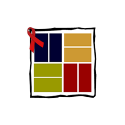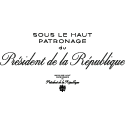There has been a lasting connection between the Gay Games and The NAMES Project Foundation’s AIDS Memorial Quilt. Both originated in San Francisco. From a workshop on Market Street near the Castro volunteers began sewing together 3ft by 6ft panels (the approximate size of a human grave) created by family, friends and partners of people who’d died of AIDS into blocks of eight panels to a 3,60m by 3,60m section.
The Inaugural Exhibition on the National Mall in Washington, DC on 11 October 1987 contained 1920 individual panels, including ones dedicated to Gay Games Founder, Dr. Tom Waddell. He was one of five people profiled in COMMON THREADS: STORIES FROM THE QUILT, which won the Academy Award for Best Feature-Length Documentary Film in 1989. At that time Waddell had more panels dedicated to him than any other person in the Quilt.
As the Quilt has grown over the years to contain more than 52,000 individual panels, it has also come to include 3,60m by 3,60m Signature Squares upon which visitors have left written tributes to lost loved ones. With the 1990 Rainbow Run for the End of AIDS in which the Rainbow Flag was run as a symbolic “torch” from San Francisco, the “Athens” of the Gay Games, to Vancouver, BC for the Opening of Gay Games III, the first 3,60m by 3,60m Quilt section comprised of panels in honor of Tom Waddell and Keith Haring to whom the Run was dedicated and Signature Sections representing the 3 states and one province traversed in the Rainbow Flag’s first journey to a Gay Games was included as part of the cultural program of Gay Games III. This Quilt hung in the Celebration Center for four days and Gay Games III Participants and Spectators from around the world left written memorials upon it to people lost to AIDS.
As the Quilt continued to grow after more Exhibitions in Washington, many Chapters across the U.S. joined The NAMES Project, as well as several International Quilt Affiliates from every corner of the globe. In 1994, six in-line skaters rollerbladed the Rainbow Flag from San Francisco to New York for Gay Games IV and Stonewall 25. They brought with them four 3,60m by 3,60m Signature Quilts representing all the states included in the Rainbow Roll for the End of AIDS – again in memory of Haring and Waddell.
In 1997 the Federation of Gay Games (FGG) adopted a Memorial Moment in which members of the Gay Games family were remembered with the reading of names while a 3,60m by 3,60m Signature Quilt was unfolded during their Annual General Assembly and written tributes were inscribed upon it. This FGG Quilt was not restricted to only those who’d died from AIDS.
In 1998, the Rainbow Flag’s journey from San Francisco to the Gay Games became a symbolic one comprised of small memorial runs primarily in past Gay Games Host Cities and its AIDS prevention message was expanded to include breast cancer. Added as an Honoree with Haring and Waddell of the International Rainbow Memorial Run was lesbian activist and Gay Games pioneer Rikki Streicher. Similar to the FGG’s Quilt, a new 3,60m by 3,60m Signature Square was brought with the Run to Amsterdam for Gay Games V. It was displayed in the Vondelpark along with many other International Quilts comprising the first Quilt Exhibition associated with a Gay Games and which was the culmination of an International Quilt Tour around Europe.
In 2002 a new 3,60m by 3,60m Signature Quilt accompanied the International Rainbow Memorial Run to Gay Games VI in Sydney and was a central focus of a 3-day International and Australian Quilt Exhibition in the Sydney Convention Center along with the FGG and earlier Rainbow Run Quilts to the Gay Games. Although the International Rainbow Memorial Run has continued to bring new Signature Quilts every four years to the Gay Games along with the historical ones, the 2018 International Names Patchwork Quilt Exhibition will be the first significant exhibition at the Gay Games since 2002 and for which panels as well as written memorials will be included that are not exclusive to only people who’ve died of AIDS. Although inspired by The NAMES Project’s AIDS Memorial Quilt, the largest piece of ongoing community art in the world, the 2018 Exhibition, while predominantly comprised of AIDS memorials, will also expand its focus of remembrance to include breast cancer and other ills affecting the global LGBTQ community, as the FGG has been doing at their Annual General Assemblies for more than 20 years.
We will accept individual 3ft by 6ft panels in memory of one or more deceased persons or larger 3,60m by 3,60m Signature Squares – either historical (closed) ones or newly created (open) ones, upon which tributes may be left during the week of the Exhibition.
The support should be a fabric surface on which anything may go: paint, indelible inscriptions, sewn items and photos utilizing many different forms of application such as stenciling, silk-screening, sewing and embroidery. Each panel should include at a minimum the name of the deceased. All Signature Squares should include the name of the organization or event that it represents.
In 2018 many of these historical and newly made Quilts will be exhibited in the Hall of City Hall tapestries to keep alive the memories of those who have died from AIDS, breast cancer and other causes. These Quilts also help fight stigma and discrimination, allowing families to publicly affirm the true causes of their loved ones’ deaths, and serve as a catalyst for greater visibility, awareness and compassion.
The Exhibition’s symbolic and sacred space for reflection and emotion will also provide opportunities for mothers, fathers, husbands, wives, children, friends, lovers and colleagues of those who’ve died to grieve in community, being able to collectively share their pain and loss.
Each day of the Exhibition will begin with an unfolding of the Quilt patterned after the simple ceremony established at the Inaugural Exhibition in Washington in 1987 and reading of the names that continues throughout each day of the Exhibition.

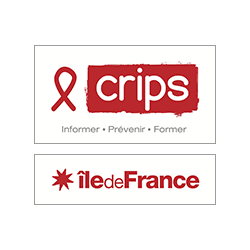
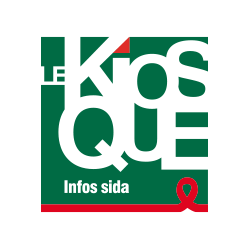
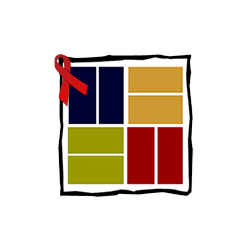
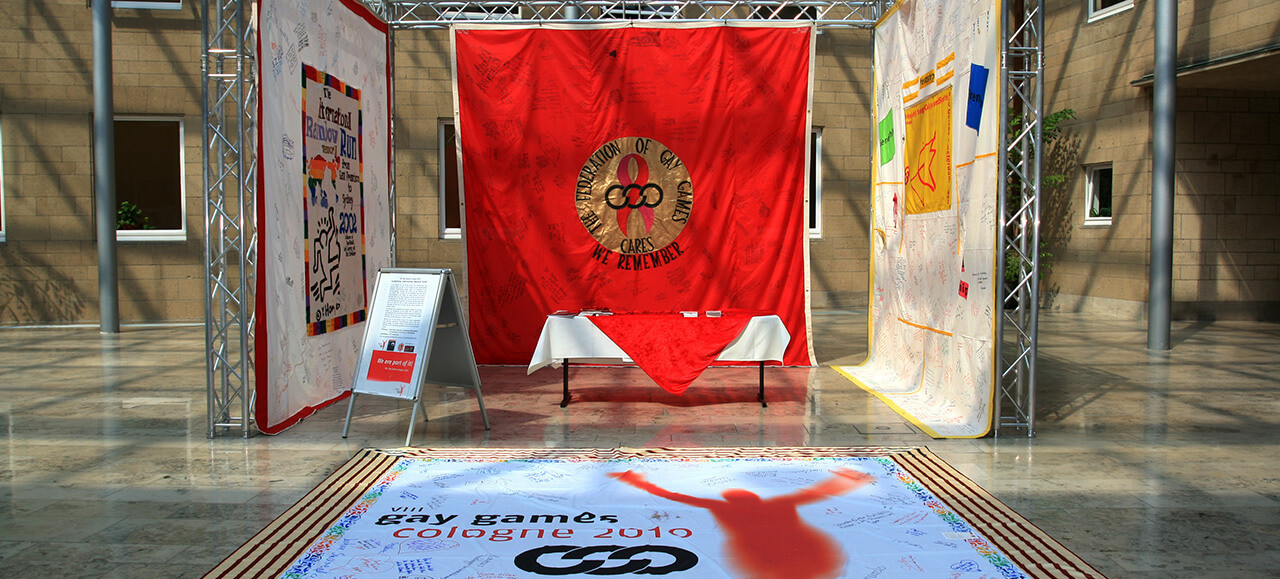


 Physical Disability Manuel Wheelchair
Physical Disability Manuel Wheelchair  Physical Disability Electric Wheelchair
Physical Disability Electric Wheelchair  Physical Disability Standing
Physical Disability Standing  Hearing Disability
Hearing Disability  Visual Disability
Visual Disability 
